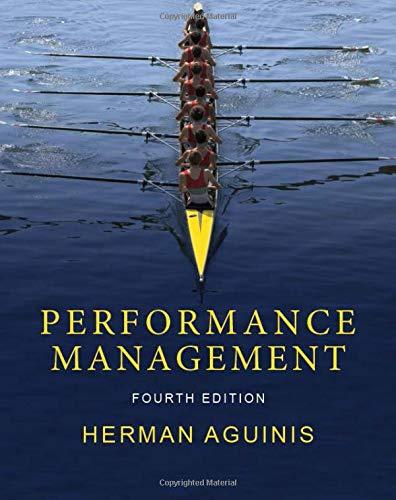Question
I need help with a short answer. Question is Bill George's practical approach to Authentic Leadership and Walumba et al.'s (2008) theoretical approach are both
I need help with a short answer. Question is "Bill George's practical approach to Authentic Leadership and Walumba et al.'s (2008) theoretical approach are both notable authentic leadership frameworks. Present an argument for why you believe they are either similar or different. If you believe they differ, clearly outline your reasoning followed by evidence-based support to defend your position. If you do not believe they differ, clearly outline your reasoning followed by evidence-based support to defend your position. Please defend your decision/argument with evidence-based information and logic."
Notes from course:
Authentic Leadership:
Leadership that is "genuine" and "real". Numerous definitions of authentic leadership. Still being investigated, but critical in today's climate. Why is it a critical leadership approach?
Bill George's 5 Characteristics Purpose: know who they are and what they're about; intrinsically motivated about goals, passionate with deep-rooted interests in work they care about. Knowing values & behaving towards them: 'True North', clear idea of who they are, where they are going, right thing to do, never compromise their values, use challenging situations to challenge them. Relationships: capacity to open themselves up and establish a connection with others; sharing their own stories with mutual disclosure, building strong sense of trust. Compassion & heart: sensitive to the plight of others (compassion), sensitivity to other cultures, backgrounds, and life circumstances.
Walumba et al.'s (2008) definition: A pattern of leader behavior that draws upon and promotes both positive psychological capacities and a positive ethical climate, to foster greater self- awareness, an internalized moral perspective, balanced processing of information, and relational transparency on the part of leaders working with followers, fostering positive self- development (p. 94).
Self- Awareness Personal insights of the leader. Process by which individuals understand themselves, their strengths/weaknesses, and impact they have on others. Involves reflecting on your core values, identity, emotions, motivations and goals who are you behind it all? Trusting your own feelings (Kernis, 2003). Greater-self-awareness provides clear sense of self, who you are, what you stand for, improving decision making (Gardner et al., 2005).
+ Self- Awareness Personal insights of the leader. Process by which individuals understand themselves, their strengths/weaknesses, and impact they have on others. Involves reflecting on your core values, identity, emotions, motivations and goals who are you behind it all? Trusting your own feelings (Kernis, 2003). Greater-self-awareness provides clear sense of self, who you are, what you stand for, improving decision making (Gardner et al., 2005).
Step by Step Solution
There are 3 Steps involved in it
Step: 1

Get Instant Access to Expert-Tailored Solutions
See step-by-step solutions with expert insights and AI powered tools for academic success
Step: 2

Step: 3

Ace Your Homework with AI
Get the answers you need in no time with our AI-driven, step-by-step assistance
Get Started


